Windows are essential in any building as they provide light, ventilation and aesthetic value. Different types of windows are suitable for various buildings depending on their function and design. Here we will discuss different types of windows, their features and detailed practical examples where they are best suited.
5 Types of Windows in Building Construction
5 types of windows in building construction
1. Casement Windows
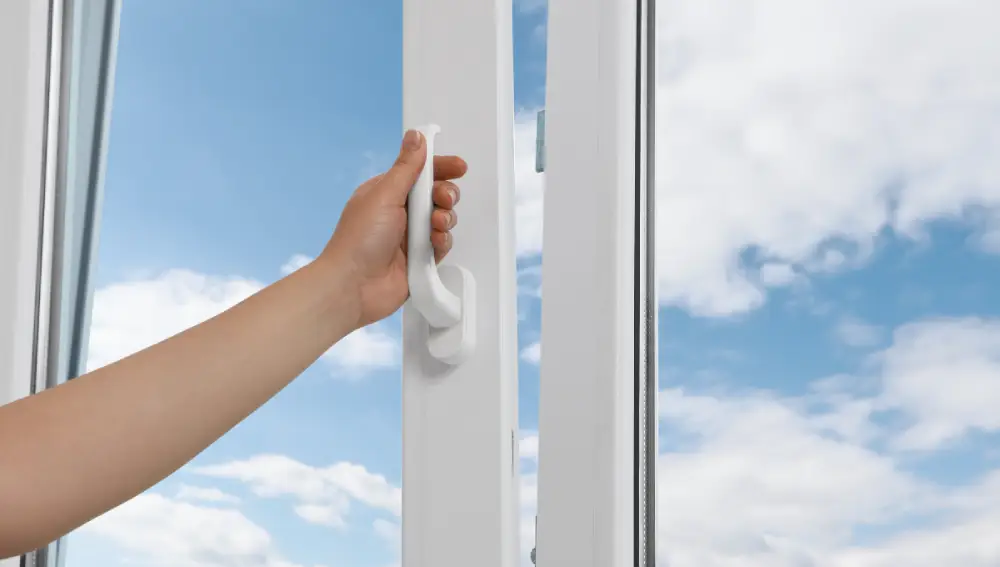
Casement is one of the most common and versatile types of windows. They have hinges on the side hence opening outwardly like a door making them easy to use while offering excellent ventilation. Casement windows can be closed tightly thereby preventing air infiltration and making them energy efficient hence maintaining stable indoor temperatures.
When shut down, casement windows are very difficult to break into because the hinging side is firmly fixed on the frame.
Features:
Hinged at the Side: This means that these types of windows can freely swing open once fully opened.
Open Outward: This means that when opened outside, they do not consume space within a room like other types do.
Good Ventilation and Light: They have an opening large enough to bring in plenty of fresh air and natural lighting.
Applications:
Residential Homes: Casement windows are ideal for residential homes. For instance, these windows can be fully opened in a house with a garden to let you enjoy the garden view while allowing fresh air to come in. They serve well in living rooms and bedrooms where a lot of fresh air and sunlight is needed. Just imagine yourself sitting in your sitting room, sipping tea and seeing a wide-open casement window through which you have a clear view of blooming flowers.
Kitchens: Casement windows and glasses are especially useful for getting rid of cooking smells and steam quickly in the kitchen. If you have a small kitchen, these windows can be opened fully to allow maximum airflow, making the kitchen more comfortable to work in. For example, while preparing hot spicy curry, one can open the glass to let out odor and steam so as to keep your kitchen smelling clean.
Bathrooms: These types of windows also come with frosted or textured glass that provides privacy thus they can be installed in bathrooms. Their good ventilation also helps eliminate any risks of dampness or mildew forming due to moisture build-up inside their rooms. For instance, after taking a hot shower, opening such a window would help expel humid air from there leaving it dry therefore mold-free bathroom.
Home Offices: For those with home offices, casement windows can create a pleasant working environment. The ability to open the window wide allows fresh air to circulate, which can help increase productivity and improve mood. Imagine sitting at your desk, working on a project, while a gentle breeze flows through the open casement window, making the room feel airy and refreshing.
2. Sliding Windows
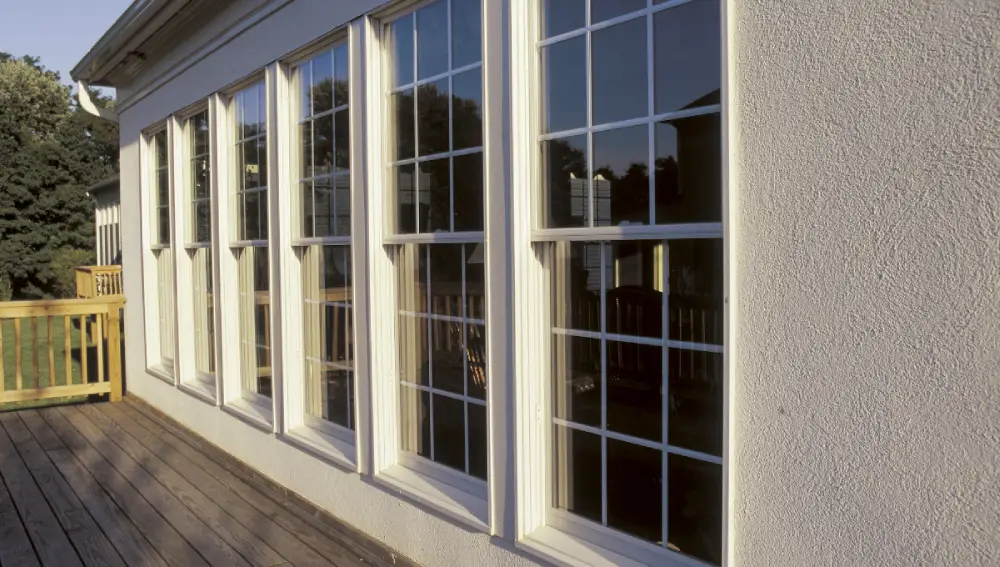
Sliding windows are a popular choice in many buildings because they save space and are easy to use. These windows have two or more sashes that slide horizontally on a track. They save space, easy to operate, and provide good ventilation and natural light. Whether you live in a small apartment, work in a modern office, or need to ventilate a compact kitchen, sliding windows offer a stylish and functional solution.
Applications:
Apartments: When it comes to apartments, sliding windows are ideal, especially in cases where space is a challenge. For instance, one might have a balcony or a tiny kitchen in a small city apartment. This makes them versatile and perfect for limited spaces as they do not occupy any additional space when opened. You can easily slide them open so that you can let some fresh air into your house or allow more light to get in. They also make small rooms brighter because they allow more natural light through the window which makes them feel bigger and less claustrophobic. You could be sitting in your living room of small size, move the window aside for fresh air and sunlight while being sure that you will not damage any furniture.
Commercial Buildings: Sliding windows are also a good fit for offices and commercial buildings. For instance, in a modern office, you might want windows that are easy to operate and clean. Sliding windows provide a sleek and professional look. They are often used in meeting rooms where you want to maintain a polished appearance. Sliding windows also help in maintaining a quiet office environment, as they seal tightly when closed, reducing outside noise. Imagine an office meeting room with a large sliding window, where you can slide it open during breaks to get some fresh air without disturbing the setup of the room.
3. Double-Hung Windows
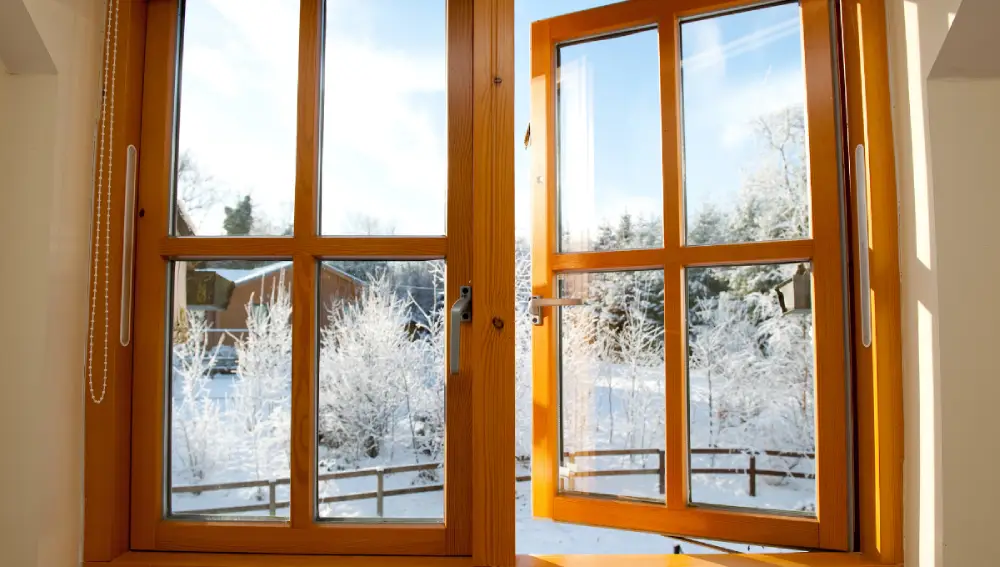
Double-hung windows are a classic and versatile window style that fits well in many types of buildings. They have two sashes that move up and down vertically. Here, we will explore the features and practical applications of double-hung windows in detail,
Features:
- Two Movable Sashes: Both the top and bottom sashes can move up and down.
- Vertical Opening: The sashes slide vertically within the frame.
- Good Ventilation: You can open both sashes to let in fresh air from the top and bottom.
Applications
Living Rooms in Traditional Homes: In a traditional home setting, double-hung windows in the living room give an appealing classic appearance. Imagine for example a warm sitting-room with wooden seats and a fireplace. If the frames are white, these can go well with other items used to decorate the place. Both sashes can be opened on a beautiful day bringing fresh air inside making the room airy and comfortable too. It is possible to open only that top sash during rainy weather so that you keep out rainwater yet there is still circulation of air.
Bedrooms: In bedrooms, double-hung windows are excellent. They have good ventilation that is as such important for a restful night’s sleep. For instance, in a small bedroom, at night you can lift the top sash an inch to allow cool air inside and not worry about security. Then in the morning, you can just open both of them wide enough for sun shine to come into your room giving it a serene and bright appearance.
Kitchens: In a kitchen, double-hung windows can help with ventilation while cooking. For instance, if you are frying food and it gets smoky, you can quickly open both sashes to let out the smoke and bring in fresh air. The ability to open the top sash only can help ventilate the kitchen without letting in bugs or debris from outside.
4. Awning Windows
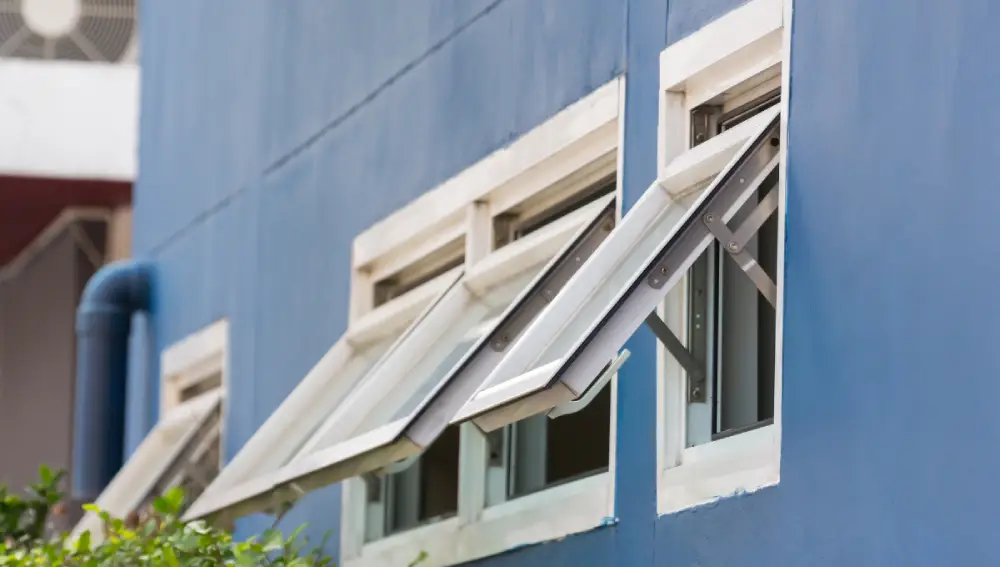
Awning windows are hinged at the top, and open outward. They are widely used for airiness and concealment purposes, especially in areas where you want to allow fresh air while keeping off water as well as dirt particles. Since they are situated in higher parts of the building, they give privacy yet still allow light and air to come in.
Applications:
Bathrooms: In bathrooms, ventilation is key. It removes moisture and stops mold. Awning windows are perfect for this purpose. For example, you can place an awning window high on the wall above eye level in a small bathroom. This placement ensures privacy. It also allows steam and humidity to escape after a hot shower. Even if it’s raining, you can leave the window cracked. The awning design will keep the rain out. This helps keep the bathroom dry and fresh. Imagine getting out of the shower and being able to open the window to let out the steam. You would not have to worry about anyone seeing inside or rain coming in.
Basements: Basements are often dark and stuffy. Adding awning windows can greatly improve them. For example, if you have a basement as a living space or a home office, You can install awning windows high up on the walls. They can bring in natural light and fresh air. These windows open outward and are high. They stop dirt, leaves, and debris from blowing into the basement. Additionally, during a rainy day, you can keep the windows open for ventilation without worrying about water entering. This makes the basement feel more comfortable and livable. Imagine working in your basement office with natural light and a gentle breeze, thanks to the awning windows.
Kitchens: Awning windows can also be very useful in kitchens. They help get rid of cooking smells and steam quickly. For example, if you have a small kitchen with little wall space, you can install an awning window. Put it above the sink or stove. This allows you to open the window for air while cooking. It helps keep the kitchen air fresh and clean. Even if it’s raining, you don’t have to worry about water splashing inside. This is because of the way the window opens outward. Imagine cooking a spicy meal and being able to let out the steam and smells without worrying about the weather outside.
5. Bay Windows:
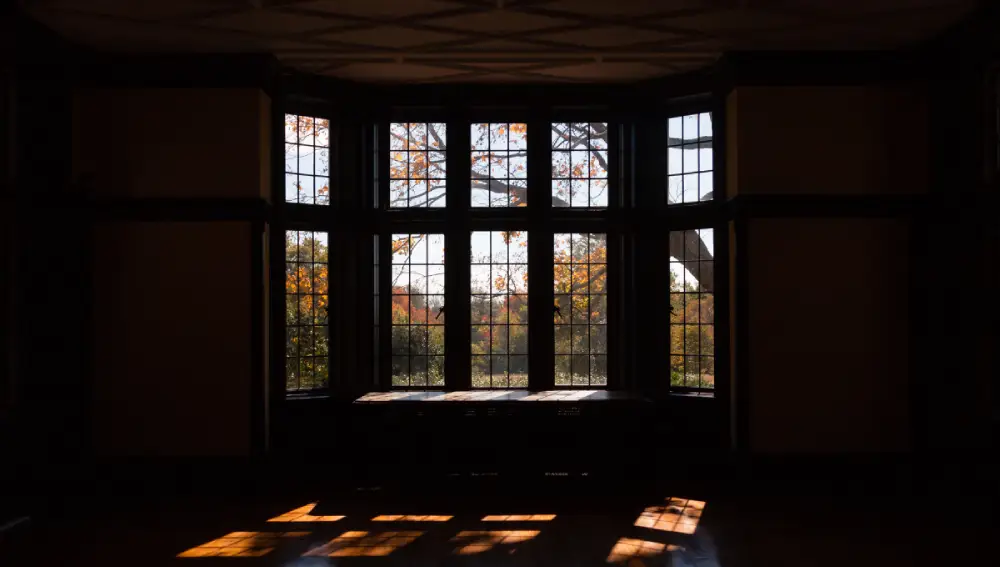
Bay windows are a beautiful addition to any building and these types of windows are used in homes. They project outward from the main walls, creating a small shelf or ledge inside. They consist of a central fixed window and two side windows. Bay windows allow more natural light to enter the room and it offers a wide, panoramic view of the outside.
Applications:
Living Rooms: Bay windows can turn a living room into a bright and inviting space. For instance, picture a snug living room with a bay window that faces the garden. A big central window gives an unhindered view of the garden where one can sit indoors and enjoy nature’s beauty at its best. The side windows may be opened to let fresh air in. At this point, you may choose to place a comfortable couch fitted with cushions on the bay window sill transforming it into your private rest corner. It is also perfect for some tea and reading material. Additionally, the ledge can be decorated with plants or family photos; making it feel like home.
Reading Nooks: Bay windows work well when creating reading nooks. A good example would be if there is a small corner in your home where you can install a bay window making it a cozy reading space. Think of sitting next to the window with enough daylight streaming on your favorite book. So place beneath this window either a comfortable chair or a built-in bench by cushions then along the sides add some shelves for books as well as a little table for my cup of tea making it complete. The sunlight from the bay window casts light on every part of the room thereby making this place brighter; thus motivating me to read more and relax.
Bedrooms: In bedrooms, bay windows can add charm and functionality. For example, in a small bedroom, a bay window can make the room feel larger and more open. You can place a small desk or a dressing table in front of the window, using the ledge as extra storage space for your accessories. The extra light from the bay window can also help you get ready in the morning. Imagine waking up and enjoying the morning sunlight streaming in through the bay window. You can also use the window ledge to display your favorite plants or decorative items, adding a personal touch to your bedroom.
Conclusion
In conclusion, After proper installation, it is essential to thoroughly inspect to ensure it doesn’t fall under snagging. Choosing the right type of window for a building is essential for both functionality and aesthetics. From traditional double-hung windows to modern sliding and casement styles, each type offers unique benefits. Proper selection can enhance ventilation, natural light, and energy efficiency. Understanding the specific needs of a building will help in making the best choice. Investing in quality windows ensures durability and long-term satisfaction.
FAQs
Double-Hung Windows: Offer good ventilation and ease of cleaning, making them ideal for residential buildings.
Casement Windows: Provide excellent ventilation and energy efficiency, suitable for various climates and modern designs.
Sliding Windows: Ideal for spaces where a swinging window would be impractical, offering easy operation and a sleek look.
Windows are essential in buildings as they allow natural light to enter, brightening indoor spaces and reducing reliance on artificial lighting. They also provide ventilation, helping to regulate indoor air quality and temperature. Additionally, windows enhance a building’s aesthetics by offering views and contributing to the overall design.

